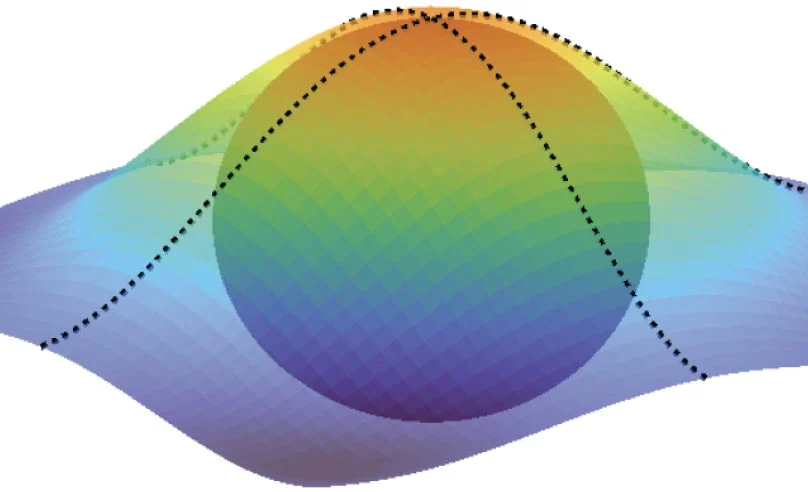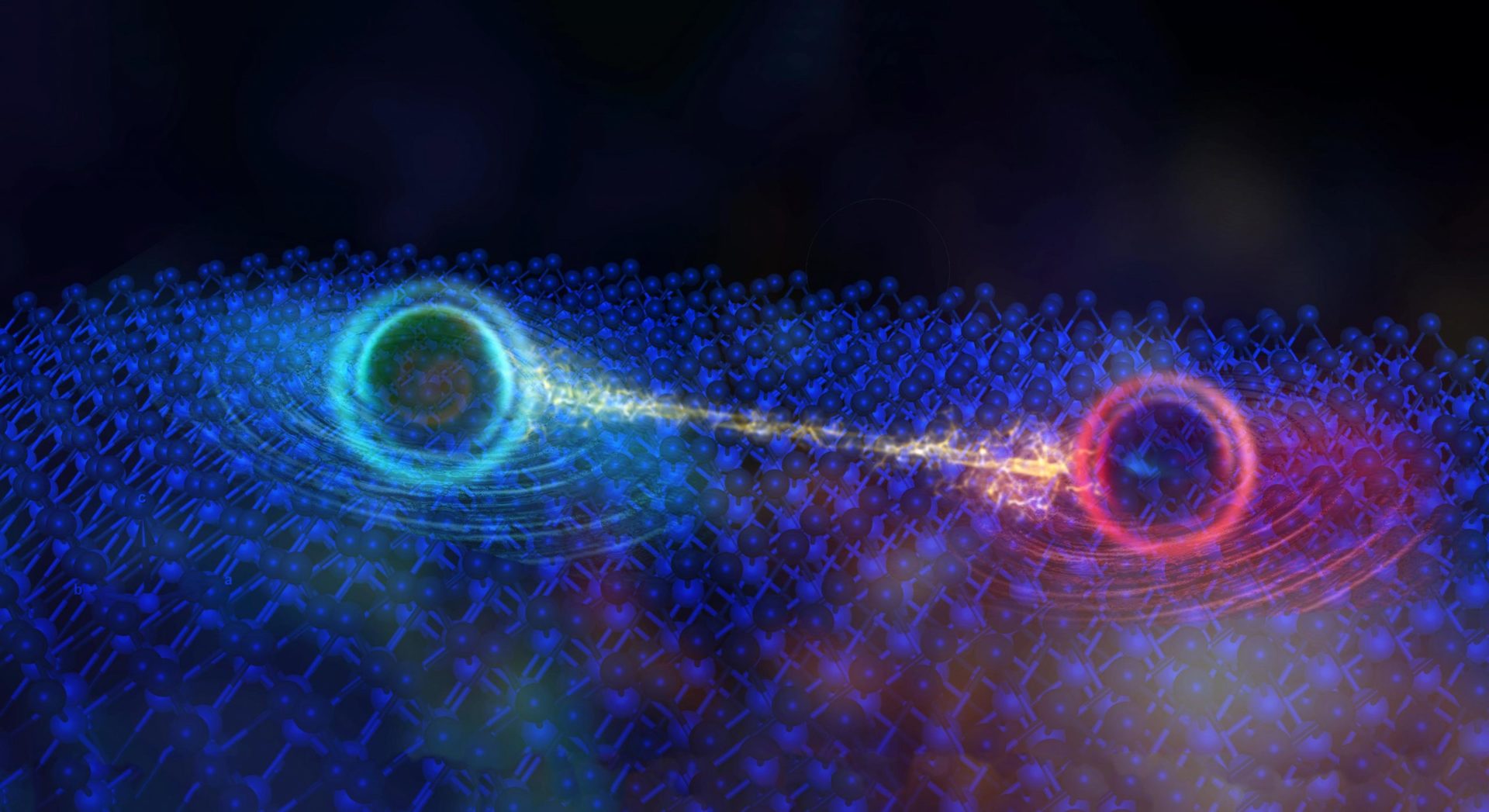In a groundbreaking advancement for quantum physics, MIT researchers have achieved the first-ever measurement of electron geometry in solid materials at the quantum level. This achievement marks a significant shift from previous capabilities, where scientists could only measure electron energies and velocities in crystalline materials, while the quantum geometry remained in the realm of theory or was completely unknown.
The research, published in Nature Physics, represents a fundamental shift in our understanding of quantum materials. As explained by Riccardo Comin, MIT’s Class of 1947 Career Development Associate Professor of Physics and the project leader, this work creates new possibilities for understanding and manipulating quantum material properties. The study’s lead author, Mingu Kang, a Kavli Postdoctoral Fellow at Cornell who completed his MIT PhD in 2023, emphasizes that their method can be applied universally across quantum materials, not just the specific type they studied.
Understanding the quantum world requires grappling with seemingly contradictory concepts. Electrons exist simultaneously as both precise points in space and wave-like shapes, described by what physicists call a wave function. Comin compares these wave functions to three-dimensional surfaces, ranging from simple to complex forms. A basic wave function might be analogous to a ball, while more complex ones resemble intricate structures like a Möbius strip, famously depicted in M.C. Escher’s artwork. Many quantum materials feature these complex, non-trivial wave functions, which hold increasing importance as researchers discover more materials with potential applications in quantum computing and advanced electronic devices.
The breakthrough came through an adapted version of angle-resolved photoemission spectroscopy (ARPES), a technique previously used by Comin and Kang’s team in other quantum material research. In 2022, they used ARPES to uncover the mechanisms behind unusual properties in kagome metals, a specific type of quantum material. Building on this experience, they modified the technique to measure quantum geometry directly.
The success of this research highlights the value of cross-disciplinary collaboration between theoretical and experimental physicists. Interestingly, the COVID-19 pandemic unexpectedly facilitated some of these collaborations. While based in South Korea during the pandemic, Kang, an experimentalist, formed productive partnerships with local theorists. The pandemic also led to an unusual situation where Professor Comin personally conducted experiments at Italy’s national laboratory, Light Source Elettra. When Kang couldn’t join due to testing positive for COVID, Comin found himself running experiments alongside local scientists – a rare hands-on experience for a professor who typically oversees rather than conducts research.
This development represents more than just a technical achievement; it opens new pathways for understanding and manipulating quantum materials. The ability to measure quantum geometry directly, rather than relying on theoretical predictions, could accelerate the development of quantum computers and advanced electronic devices. It provides researchers with a powerful new tool for exploring the fundamental properties of materials at the quantum level.
The significance of this work extends beyond the specific measurements achieved. By creating what Comin describes as a “blueprint” for obtaining previously inaccessible information, the team has established a foundation for future research across the entire field of quantum materials. Their methodology promises to unlock new understanding of quantum properties, potentially leading to innovations in quantum computing, electronics, and magnetic devices.
Reference: “Measurements of the quantum geometric tensor in solids” by Mingu Kang, Sunje Kim, Yuting Qian, Paul M. Neves, Linda Ye, Junseo Jung, Denny Puntel, Federico Mazzola, Shiang Fang, Chris Jozwiak, Aaron Bostwick, Eli Rotenberg, Jun Fuji, Ivana Vobornik, Jae-Hoon Park, Joseph G. Checkelsky, Bohm-Jung Yang and Riccardo Comin, 25 November 2024, Nature Physics. DOI: 10.1038/s41567-024-02678-8


